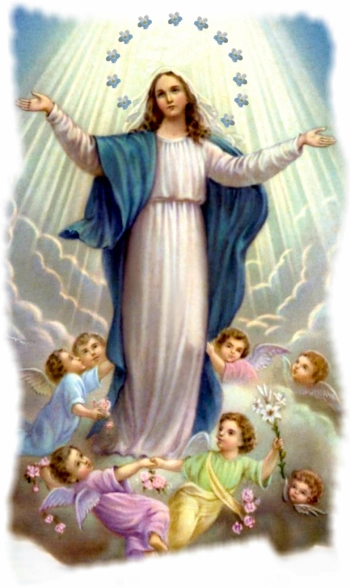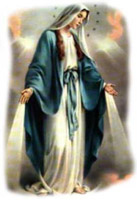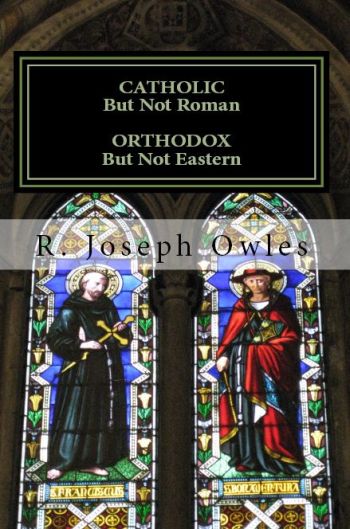Today
is the Feast of the Immaculate Conception of the Blessed Virgin Mary.
It is one of the two major doctrinal differences between the Old
Catholic Church and the Roman Catholic Church.
Prior to Pope Pius IX’s definition of the Immaculate Conception as a
Roman Catholic dogma in 1854, most missals referred to it as the Feast
of the Conception of the Blessed Virgin Mary. The festal texts of this
period focused more on the action of her conception than on the
theological question of her preservation from original sin.
The first move towards describing Mary’s conception as “immaculate” came in the 11th century. In the 15th century Pope Sixtus IV, while promoting the festival, explicitly tolerated those who promoted it as the Immaculate Conception and those who challenged such a description, a position later endorsed by the Council of Trent.
In 1854, Pius IX made the infallible statement Ineffabilis Deus:
“The most Blessed Virgin Mary, in the first instant of her conception, by a singular grace and privilege granted by almighty God, in view of the merits of Jesus Christ, the saviour of the human race, was preserved free from all stain of original sin.”
This led to the second doctrinal difference between the Old Catholic
Church and the Roman Catholic Church: The Doctrine of Papal
Infallibility.
From the beginning of the feast, the CONCEPTION of the Virgin Mary was celebrated. It was left up to the believer to determine for him or herself whether her conception was “immaculate” or not. The doctrine was voluntary. Pius IX made the voluntary doctrine a mandatory one, and when people questioned him on it, he said that his decision was final because he was infallible. Pius IX basically told the Church that he was infallible because he declared himself infallible and his first infallible decision was to force all Catholics to accept the doctrine of the Immaculate Conception of Mary.
This was eventually settled in Vatican I, nearly twenty years later when many bishops walked out of the council and joined with the Catholic Church in the Netherlands which had been granted papal concessions of independence since the twelfth century. When these new bishops joined with the Catholic Church based in Utrecht, the Old Catholic Church was formed.
The Old Catholic Church basically decided that it is a voluntary
feast and not a central doctrine of the faith. Most Old Catholic
thinkers would say that there is nothing in Holy Scripture, the Seven
Ecumenical Councils, or even in Sacred Tradition that declares the
Immaculate Conception of Mary; therefore, it is not a”Catholic” teaching
but instead is a new doctrine that has crept its way into the Church.
They would say the same thing even more firmly regarding the idea of
Papal Infallibility.
For those who celebrate the feast, have a happy feast day! For those who do not, have a happy day! Regardless of what any of us may believe about the feast in terms of the “Immaculate Conception,” hopefully we can all at least agree to take time today to honor the woman who said “YES” to God so that the Christ could come into the world.




 Flag Writing
Flag Writing